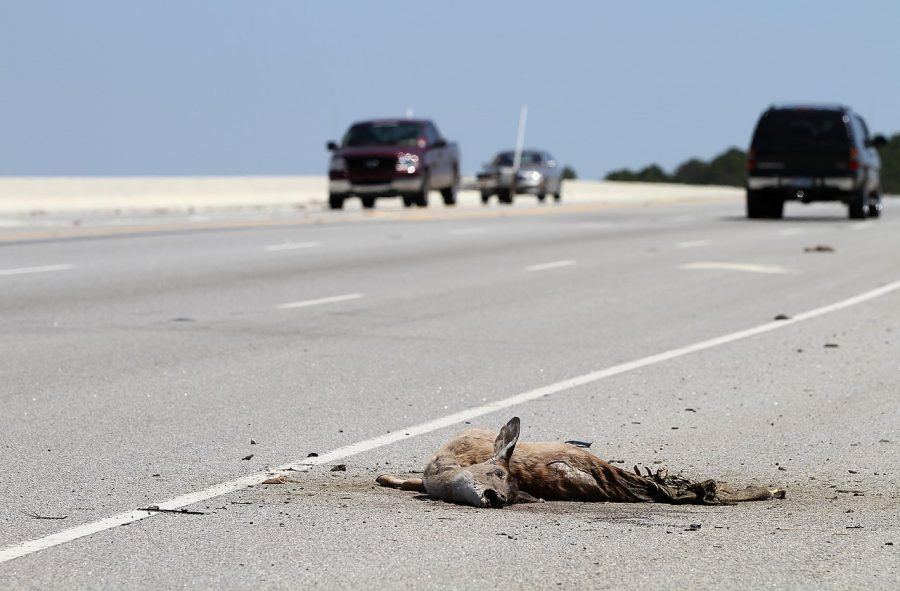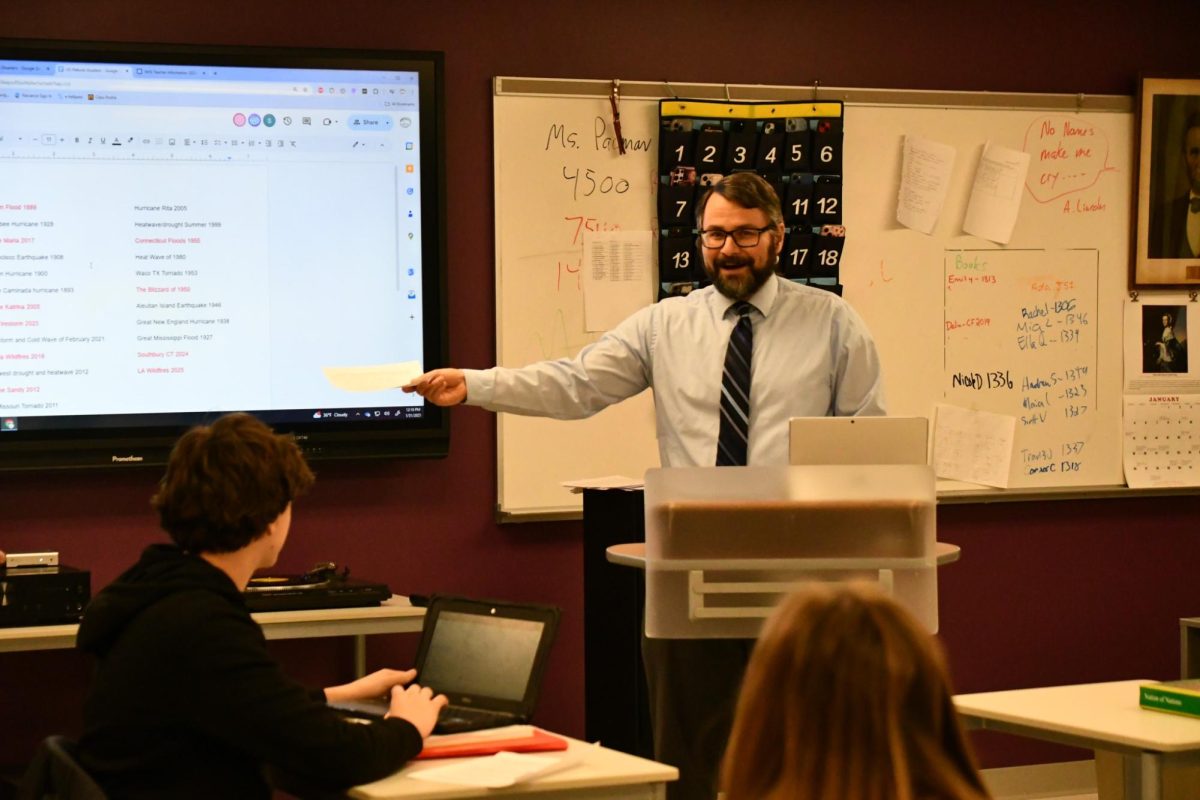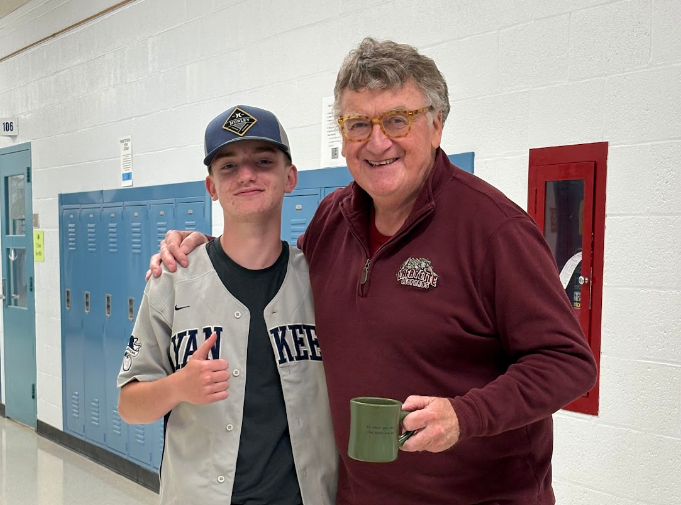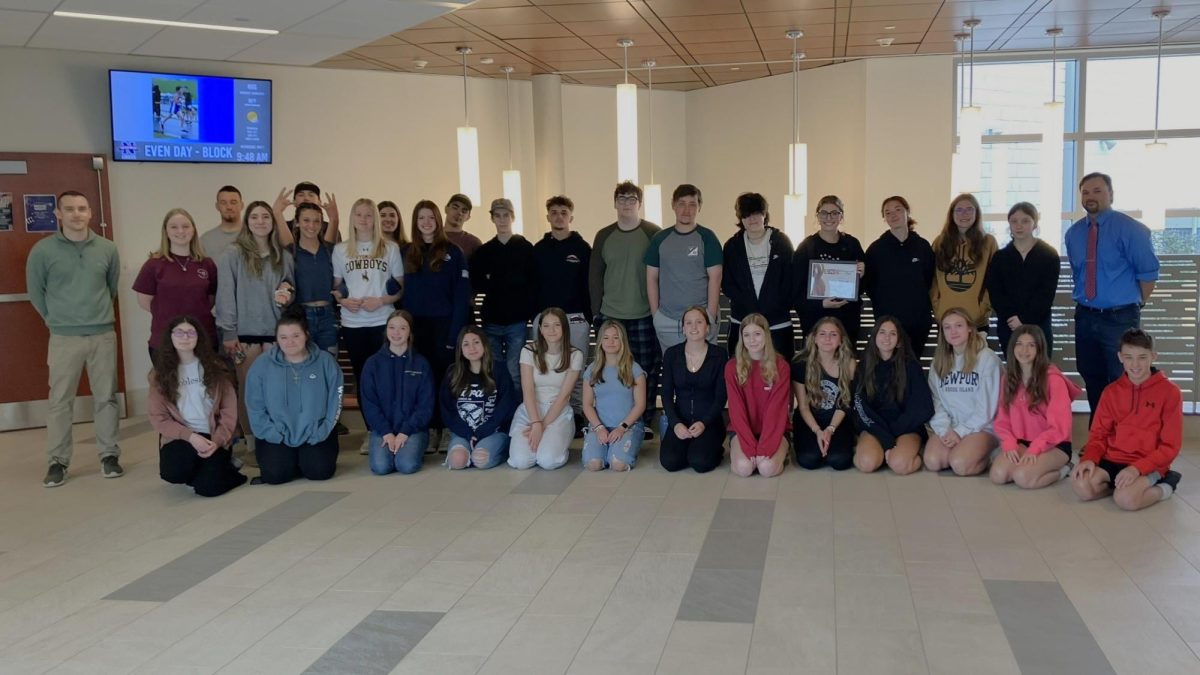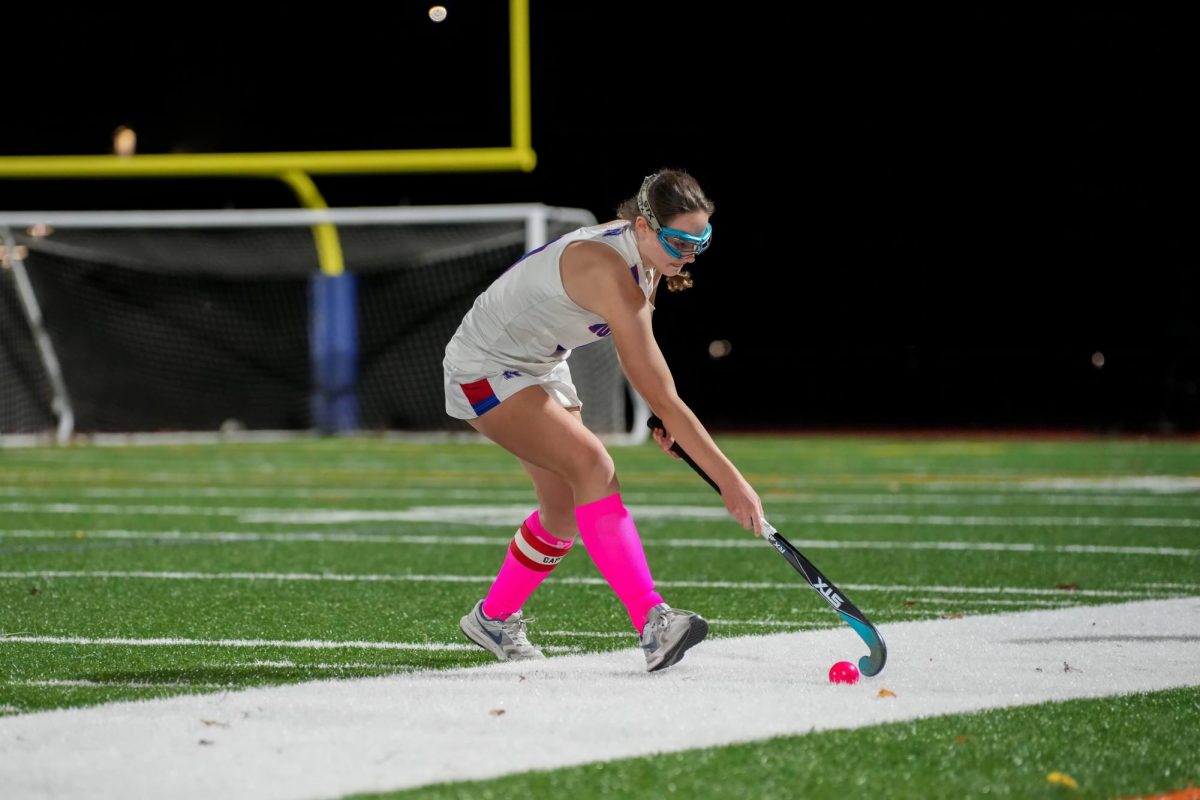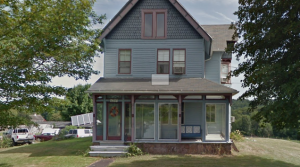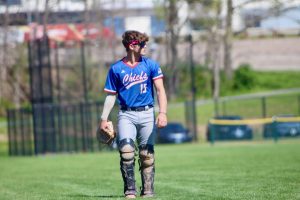Road Kill: Nonnewaug’s Experiences and How to Prevent it
Roadkill is a common sight in highly wooded areas like the roads that surround Nonnewaug.
April 19, 2022
WOODBURY — I’m sure you’ve felt this way before: You’re driving down the road, and suddenly, you see something up ahead. You slow down and swerve to avoid it, only to look over and cringe at the sight of a dead animal on the road. It’s almost a universal feeling, which is exactly why we need to make some changes.
“I killed a chipmunk this weekend, which really bummed me out,” said Michael Sturges, a social studies teacher at Nonnewaug. “I’ve spent so much time around here, that I do get to see a lot of it. It’s just an unfortunate fact of life; when you live in a town called Woodbury, you’re going to be dealing with lots of animals like squirrels and chipmunks.”
This is very true, with the type of rural environment and ecosystem in this region of New England, there is a lot of wildlife. Unfortunately, where there are animals, there is roadkill.
“I remember once I was out for a walk and I heard something — like a squealing kind of noise — and I looked and there was a dead raccoon with another raccoon next to it, and it always stuck with me because it was guarding the corpse,” Sturges said. “That always stuck with me, and I always think about it every time I jog past that spot.”
It is heartbreaking to see a dead animal on the side of the road, and even more heartbreaking to see an animal that didn’t die from the initial impact. They often lay paralyzed, or unable to walk, and painfully and slowly die on the side of the road.
Zoey, a junior and Bethlehem resident, spoke of her experiences while driving.
“When I’m driving, I come here from Bethlehem and there’s always a lot of roadkill in Bethlehem; I’ve seen deer, possums, skunks, and squirrels, and it’s really gross,” she said. “It’s sad. I mean, it’s not like you can put yourself at risk and swerve around it into the other lane, but no one wants to hit an animal, dead or alive.”
There are not very many options to choose from that we can take to help prevent roadkill, but according to an article featured on sciencedaily.com, fencing might be the most plausible: “Of the more than 40 roadkill prevention methods available, a new study shows that, overall, fences, with or without crossing structures, reduce roadkill by 54 percent, when considering all species combined.”
Fencing can save so many animals’ lives, but it’s not all we can, nor should do, for these innocent animals.
“When large mammals were examined, the combination of fences and crossing structures led to a roadkill reduction of 83 percent, while animal detection systems (such as laser tripwires or radar), led to a 57 percent reduction,” the article continued.
New technologies, crossing structures for animals, crossing tunnels, and fencing are all great examples of things our community can do to help prevent roadkill.
There are also steps that we as individuals can take to help prevent roadkill. Practicing safe driving, slowing down in areas prone to animal crossings, honking your horn at animals to scare them away, and flashing your lights at animals who become mesmerized by the lights on your car are all ways to reduce the chances of hitting an animal.
Maureen Vint, our school librarian, gave her input on roadkill, as well.
“Where I used to live in Avon, I’d see tons. Going down to Waterbury, I recently saw a deer on the side of the road, and I just get really sad,” she said. “I’ve stopped a few times when I’ve seen something alive that’s suffering, and I tried to save a squirrel once by taking it to the vet.”
Taking any animal you see that’s still alive is a good idea, however, you need to be extremely careful when handling the animal, as you don’t know how it will respond, or if it has rabies. You may be able to save an animal’s life, and it’s the least we can do when we are constantly interfering with nature and the ecosystem.
Gracie LeHay, a senior at Nonnewaug High, said this about her experience: “I know sometimes I’ll just be out walking on the road and I saw a dead animal; it made me really upset, and I know with my driving I am a jumpy person and I tend to swerve and slam on the breaks and sit there for a minute to collect myself.”
When encountering an animal on the road, either alive or dead, your safety is the No. 1 priority. If you cannot swerve in time, or there is oncoming traffic, your best bet is to slow down as quickly as you can and hope for the best. While there are steps our community can take to prevent roadkill, at the end of the day, it is inevitable, and the best thing we can do as individuals is to drive with caution, vigilance, and most importantly, intelligence.



